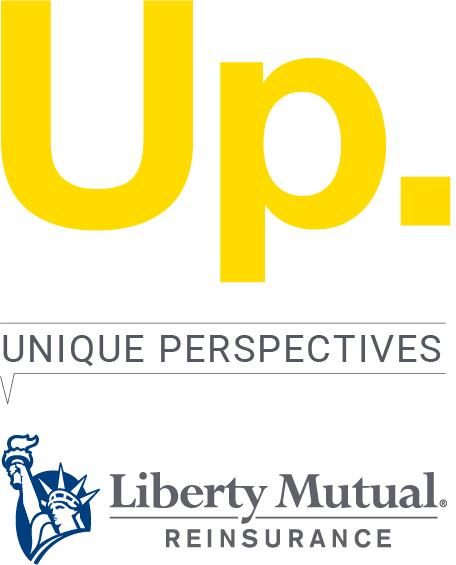The French reinsurance industry, representing about 2% of global reinsurance premium[1], has faced significant challenges over the past decade. Rising interest rates, inflation, and intensifying natural disasters, fuelled by climate change, mark a particularly challenging period.
Although these challenges impact insurance markets globally, France has proven to be an interesting case study in navigating these issues, being one of just a few countries that have a state-backed Nat Cat Scheme, established by the law on 13 July 1982. This public-private partnership (PPP) ensures all citizens have adequate and affordable coverage for natural catastrophes such as floods, earthquakes, or drought.
Since its establishment, the Nat Cat Scheme has provided stability for the market, acting as a safety net for insurers and policyholders across French territories. The global scheme includes measures for risk prevention, fostering a sustainable market that encourages resilience and long-term planning.
A period of mounting challenges
Over the past decade, climate change has caused a surge in severe natural catastrophes resulting from both core and 'secondary perils', significantly impacting Property and Casualty losses for global reinsurance markets. The French reinsurance market specifically, has experienced a steady increase in loss activity since 2016, exacerbated by severe droughts. In 2022, France experienced its hottest and second driest year on record. In that year, according to the French insurance association, France Assureurs, drought-related losses cost insurers between €3bn and €3.5bn[2] and large hail events increased the total market loss to nearly €10bn.
While renewal periods in the past two years have shown a more positive outlook, the long-term challenges persist. Natural catastrophe risks, particularly from droughts, are expected to increase in frequency. Moody's forecasts that drought-related losses in France could triple over the next 30 years[3]. The geological survey, BRGM, estimates that droughts could cause €43 billion in insured losses from 2020 to 2050[4]. Covea projects that hail-related events' frequency will increase by 40%, with property claims rising 20% by 2050, presenting a very different exposure and potential loss dynamic for a market dominated by non-proportional reinsurance placement.
Adapting for a more stable future
In response to these mounting risks, the governmental Nat Cat scheme has taken proactive steps to enhance financial stability. From January 2025, mandatory reinsurance rates of the Nat Cat scheme will increase by nearly 70%. This aims to strengthen the state scheme’s balance sheet, ensuring it can withstand future losses and continue its vital market role. While this adjustment period may see policyholders facing higher P&C insurance premiums and insurers experiencing potential earnings volatility, the objective is to reinforce the overall system and preserve the essential function of the State Nat Cat scheme, providing reliable protection to French citizens and maintaining the insurance and reinsurance sectors' long-term ability to support its partners.
LM Re is supporting PPPs across the globe. We think our industry could play a significant role through PPPs to foster resilience and sustainability for insurers and policyholders. This will be key to creating a more resilient and sustainable market environment in France, given that the Nat Cat scheme also aims to develop prevention measures against major natural disasters.
[1] Assocation des Professionnels de la Réassurance en France, ENQUETE ANNUELLE 2024
[2] See : Bilan Cat Nat - "Les catastrophes naturelles en France | 1982-2023" CCR p27
[3] See: https://www.theinsurer.com/news/french-pc-insurers-set-for-rising-drought-losses-in-2023-moodys/
[4] See: https://www.lemonde.fr/idees/article/2022/09/23/l-ete-2022-pourrait-devenir-la-norme-a-partir-de-2050-le-statu-quo-n-est-donc-pas-une-option_6142886_3232.html


